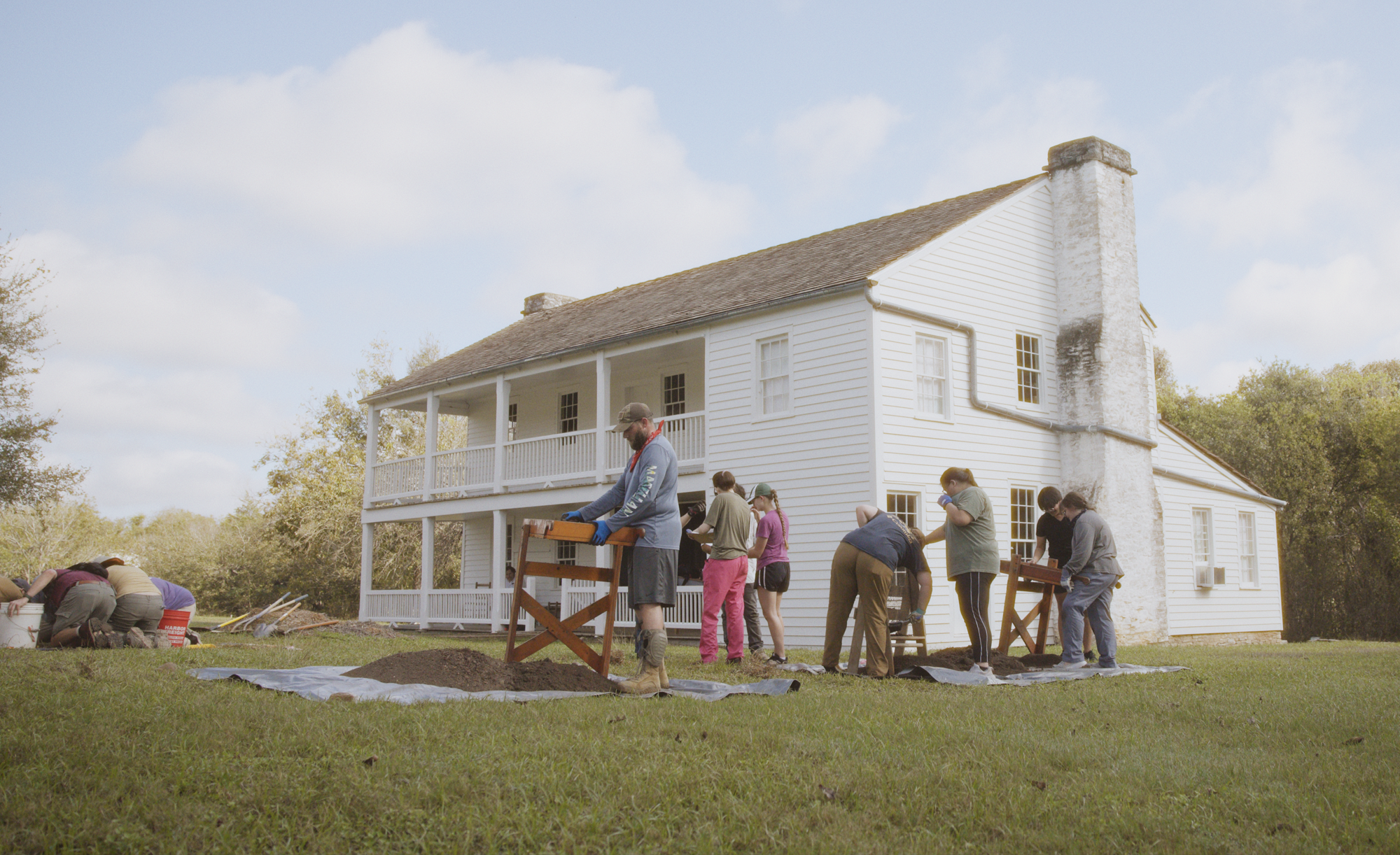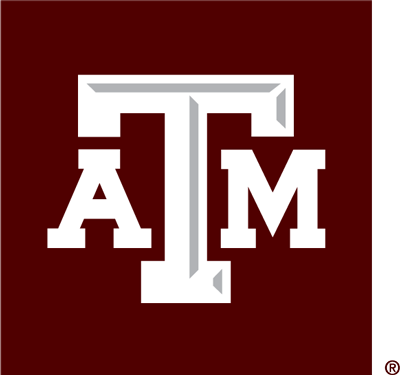
In the quiet town of Anderson, Texas, history is powerfully coming to life at the Fanthorp Inn, a historic stagecoach stop dating back to the 1800s. students and faculty from Texas A&M University are—quite literally—digging into the past.
Built in 1834, the Fanthorp Inn once served as a post office, hotel and social hub in the early days of Texas. Now, it’s a Texas Historical Commission site and active research location for Aggie students studying archaeology, history and conservation.
Dr. Piotr Bojakowski, an assistant professor in the Department of Anthropology, is leading a team of student researchers as they uncover details about life in early Texas.
“We’re trying to understand how the inn functioned, how people moved through it, what rooms were used for, and how it changed over time,” Bojakowski said.
Students are using tools like ground-penetrating radar and careful excavation techniques to explore areas around the inn. For Chandler Wahrmund, an educator and interpreter with the Texas Historical Commission, the experience of working alongside Texas A&M students is rewarding.
“It’s one thing to read about this kind of site in a textbook,” Wahrmund said, “but being out here and actually seeing the layers of soil and watching these students interpret artifacts is a whole different level of learning.”
After taking Bojakowski’s Applied Archaeology course in Fall 2024, senior Anthropology major Ryan Siefert was able to intern at the Anthropology Research Collections (ARC) and assist in the laboratory portion of the Fanthorp Inn Project the following semester. In that role, he worked to clean, identify, catalog, re-bag, research to identify, and photograph each artifact.
“Those two semesters provided the opportunity to participate in the fieldwork and laboratory portions of a full archaeological dig, thereby giving me the complete (from start to finish) picture of the process. Working on both sides of the project brought a sense of completion and showed me that not only is the fieldwork (excavation) exciting, but the lab work is fulfilling. Which tells me that I am in the right place.”
Saydie Smith ’26 participated in the same applied archaeology class and subsequent research. “Dr. Bojakowski did a great job of showing us the reality of fieldwork: It’s not just fun and games but getting to be hands on with tidbits of history and tell the story of these artifacts was fulfilling. I was able to learn both physical and practical communication skills within anthropology and archaeology, and the experience inspired me to seek more opportunities within the department, including being able to work under Dr. Bojakowski in his lab.”
The project is part of a larger partnership between Texas A&M and the Texas Historical Commission. For Dr. Katie Custer Bojakowski, instructional assistant professor, director and curator of the Anthropology Research Collection at Texas A&M, the collaboration brings fresh insight to the site while training the next generation of historians and archaeologists.
“It’s a win-win,” she said. “The students gain field experience, and we gain valuable data that helps us better understand and preserve the site.”
Beyond the scientific discoveries, the research at Fanthorp Inn helps students connect emotionally with Texas history.
“You start to feel a real responsibility for telling these people’s stories,” Wahrmund said.
For Texas A&M students, the Fanthorp Inn isn’t just a window into the past—it’s a launchpad for their futures. Whether they go on to work in museums, on conservation projects or in academic research, the skills they build here are foundational.
“This is heritage that belongs to all Texans,” Bojakowski said, “and our students are helping to protect and share it with the world.”
